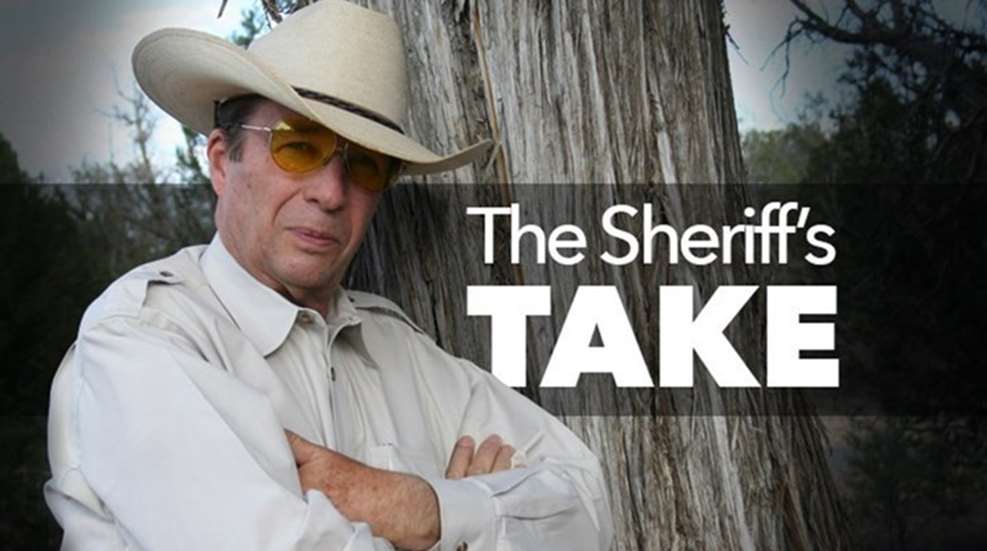
This morning I am sitting here nursing a sore hand, the result of it getting smacked around during outdoor work. Some folks might say I am clumsy...while I prefer to call it an active lifestyle. However, I have to admit that my hands and wrists have been stitched up and wrapped up on a number of occasions over the years.
All of which got me to thinking about the various injuries that we sustain over a lifetime. More importantly, the fact is that our need to protect our own safety means we can’t call “Time out.” In fact, if we are obviously bandaged, casted, or on crutches, we may look like a more appealing target to the crooks. When you are responsible for your own safety, you don’t get a day off.
There was a time, years ago, when shooting with one hand was all the range and absolutely the gentlemanly thing to do. As you might expect, this was primarily fueled by the bullseye competition shooters. Of course, the point shooters then got into the act with their quick draws, squats & crouches and fast double-action shooting. However, I expect that most of the folks reading this were influenced by the more modern defensive concept that promotes the use of both hands on the defensive handgun. I sometimes think I would profit from being able to get three hands on that pistol grip.
However, there are just times, due to injury or other things going on, that we can’t get a two-handed grip on our gun. For this reason, it would be a good idea, periodically, to practice shooting with just one hand. I find that it helps me to extend the shooting arm all the way out, locking the elbow. It is also really important to maintain a firm grip on the gun, just short of white-knuckling it. Further, it seems to help to cant the pistol just slightly; if right-handed, to the 11 o’clock position, left-handed to the 1 o’clock slot.
And of course, it is important to practice the same one-handed drills using the support hand. I am fortunate in that I am pretty much ambidextrous, but I have a number of friends and students who aren’t. All of that means that we just need to practice using our support hand, learn our limitations, and find ways to overcome those limitations. A person may not ever be as fast or as accurate with his support hand but practice will improve his ability and allow him to stay in the fight.
During range practice and dry practice at home, one should also practice reloading with one hand, clearing malfunctions with one hand, and drawing with the support hand. Use your imagination and try to come up with ways to deal with suddenly having the use of only one hand. Such practice also causes us to take a second look at our choice of handguns and carry methods. Prior planning and practice gives us ideas and ways to overcome the fact that we have to shoot with one hand in a defensive situation in order to stay in the fight.


































